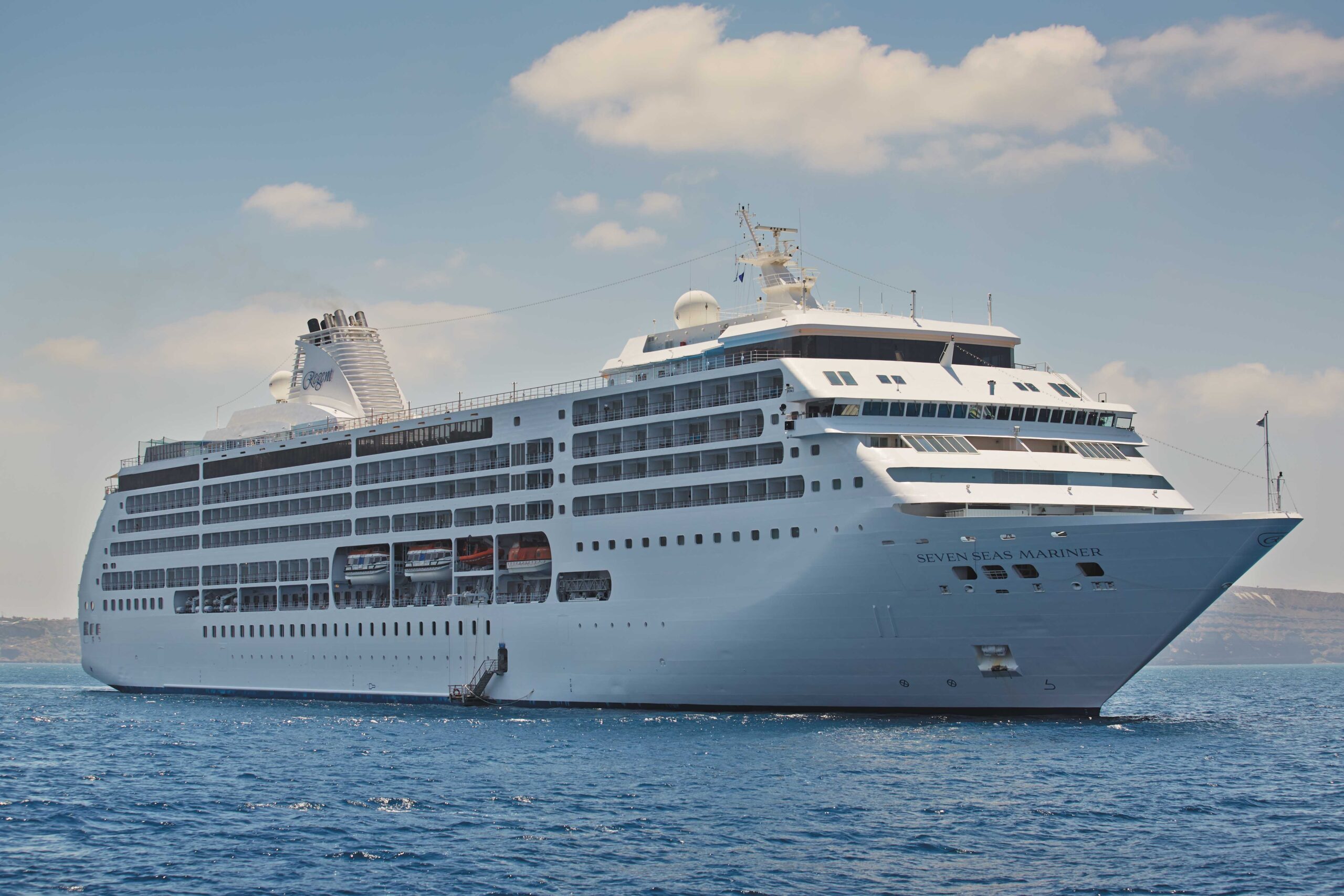To ponder across the streets of Las Casas de Filipinas de Acuzar
Walking around Las Casas takes a little getting used to. The first few minutes could be a little disorienting, like the few delicate moments of waking up from a dream; instead here, it’s the other way around. You’re going into a dreamland, not out. It’s like being sucked into a wormhole and emerging into a long-gone past where streets were cobbled and houses were poetry of bricks and stones. It feels like an anachronism. And it is – at least for a few minutes.
When you get settled in, everything blooms into a bouquet of nostalgia. The stonework, the carpentry, all the intricate details contribute to the blast-from-the-past experience. For a moment, you almost expect Jose Rizal to walk by.
Historical feast for the senses
With a collection of Spanish-era houses gathered from all over the Philippines, Las Casas de Filipinas de Acuzar envisions itself as a heritage park, preserving a portion of Filipino character through reconstructing pieces of architectural history. The houses are spread over 400 hectares of land, with manmade canals and other colonial structures adding to the periodic atmosphere. Each house is claimed to have been carefully transported and meticulously put back together as close to what it originally looked like. The number of restored houses is at 27, but it’s continuously growing, with properties coming from as far as Sorsogon in the Bicol region.
The park started opening its gates to tourists in 2010 and continues to be one of Bataan’s most popular destinations. One reason for its popularity, aside from the picturesque scenes, is that Las Casas does everything it can to stay true to its promised experience. The staff wears periodic Filipiniana clothing, and the restaurants serve dishes fit for those bygone times. But it’s the guided heritage tour that ties everything together. Learning about the history of the houses and the people that used to live in them helps provide a larger albeit more relatable picture. Getting to see the houses up close also makes it more real, almost like you’re touching history – which, technically, you are. On top of that, most of the houses can be rented, allowing for a greater chance to understand what it’s like to live during the Spanish times.




A question of conservation
One day is not enough to cover the entirety of Las Casas, even when you choose to ride one of the kalesa (horse-drawn carriage). Just like the period it attempts to recreate, the park is vast and complex.
No one could deny that the park is magnificent. It is like a time capsule the size of a small pueblo, one that’s impervious to the passage of time. It makes for stunning photographs, that’s for sure, but walking across its streets, seeing the reconstructed houses, merit difficult and sensitive questions pertaining to cultural conservation – of whether or not it is being done right, or at least if what’s being done is enough. Doesn’t removing a structure from its original location diminish the effort if not completely defeat the purpose? Is this as far as cultural conservation can go when it comes to authenticity?
Perhaps having the houses all in one place makes it more economical, more convenient, and, yes, more aesthetically pleasing. Having them arranged like a settlement, like a theme park, has value – monetary value. And its popularity is proof of this.
How is it any different from taking wild animals and stuffing them in a zoo?
The master builder of Las Casas, Jose Acuzar, insists that the houses were in a state of neglect when they were found and would’ve been eventually destroyed if not for their efforts; that previous owners were either financially or physically incapable of maintaining the properties and needed little convincing to hand over the houses. If we were in his shoes, could we pass up on such an opportunity? Would we do the same?
Authentic conservation tries to alter as little original conditions. It does what it can to preserve all aspects of the thing that is being conserved. Sometimes, the zoo is the best way to go. Sometimes, there’s simply no other way. But could this also be true for Las Casas?
For more information on Las Casas de Filipinas de Acuzar, visit www.lascasasfilipinas.com
By CELINE REYES
The Dilemma of the Houses
Published on July 3, 2017
This post was last updated on March 26th, 2020 at 02:51 pm






